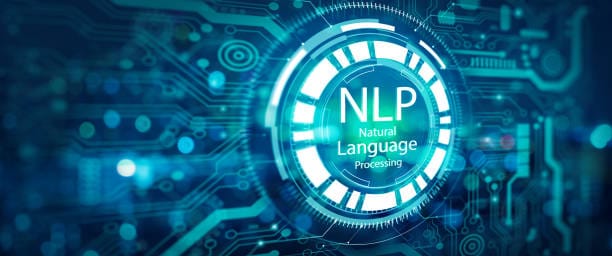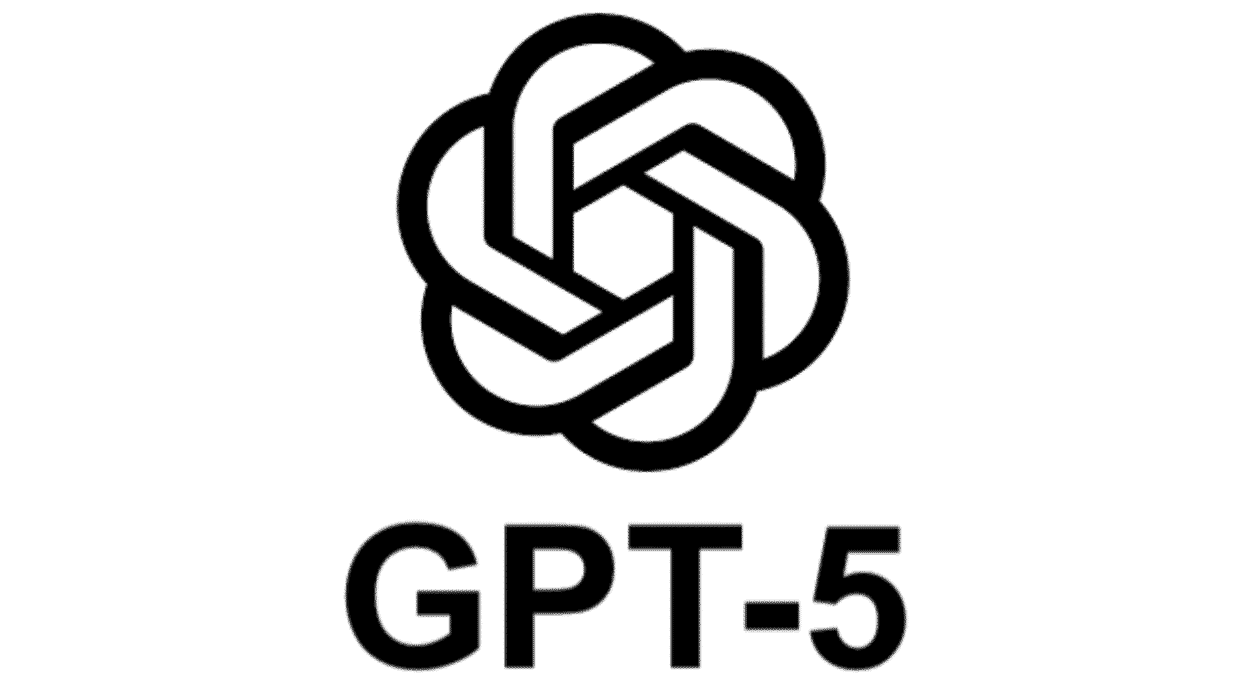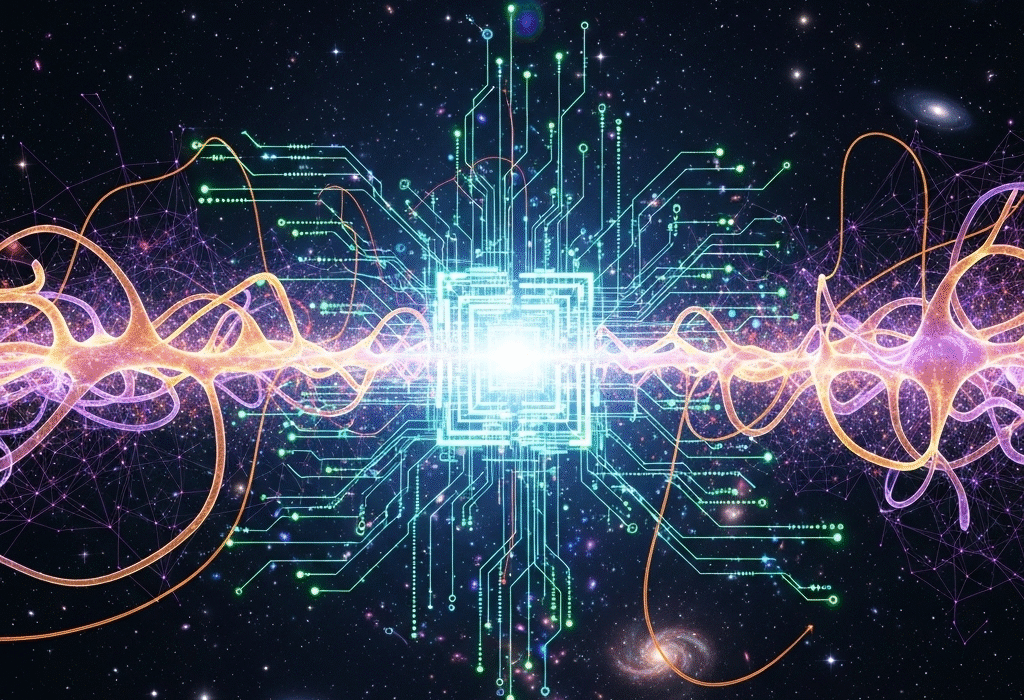In the early days of the internet, commerce was clumsy. Transactions relied on middlemen, contracts were printed on paper, and trust was a fragile thing, often guarded by banks, lawyers, and countless signatures. Then came blockchain — a radical technology promising a world where strangers could do business without knowing each other, without trusting each other, and without any central authority watching over the process.
It was from this fertile ground that smart contracts emerged. Conceived decades before the word “blockchain” was even popular, smart contracts began as an idea: agreements that could enforce themselves. No clerks, no courts, no delays — just digital code executing rules as precisely as clockwork.
The concept feels almost magical. Imagine a vending machine: you insert money, and without the need for a cashier, you receive your snack. The machine doesn’t care who you are. It doesn’t check your background. It simply executes the agreement: payment in, product out. A smart contract takes that principle and applies it to the entire digital economy, scaling it up to real estate deals, insurance payouts, voting systems, and even international trade.
But unlike a vending machine, a smart contract lives on a blockchain, immune to tampering, transparent to all, and governed not by human interpretation, but by pure, deterministic code.
The Genesis of the Idea
The phrase “smart contract” was coined in the 1990s by computer scientist Nick Szabo, who envisioned them as digital protocols for information transfer, designed to enforce contractual obligations without the need for intermediaries. At the time, the idea was visionary but limited by technology. The internet could move information at the speed of light, but it lacked a way to transfer value securely and trustlessly.
Szabo’s ideas lingered as a theoretical possibility until Bitcoin introduced blockchain to the world in 2009. Suddenly, there was a decentralized ledger that could track ownership and enforce simple rules. But Bitcoin’s scripting language was deliberately limited, allowing only basic transactions. It was Ethereum, launched in 2015, that truly brought Szabo’s dream to life. Ethereum was more than a cryptocurrency — it was a global, decentralized computer where anyone could write code that would execute exactly as programmed, forever etched into the blockchain.
How Smart Contracts Actually Work
To understand smart contracts, it helps to imagine them as tiny digital programs that live on the blockchain. They are written in programming languages designed for decentralized environments — Ethereum’s Solidity being the most famous example. Once deployed to the blockchain, a smart contract is like a digital vending machine: it waits for inputs, processes them according to its rules, and produces outcomes that no single person can alter.
Here’s the core sequence:
- Creation: A developer writes the contract’s code, defining its conditions, actions, and data structures.
- Deployment: The contract is uploaded to the blockchain. From that point, it is immutable — the rules cannot be changed without building an entirely new contract.
- Execution: Users interact with the contract by sending transactions to it. These transactions might trigger a payment, change a record, release an asset, or execute any other programmed function.
- Verification: The network’s nodes validate the execution. Every node independently runs the contract’s code and checks the results against the blockchain’s consensus rules.
- Outcome: The result is recorded permanently on the blockchain for all to see.
This entire process happens without a centralized authority, with transparency guaranteed by the public nature of the blockchain and security ensured by cryptography.
Why They Are Called “Smart”
The term “smart” in smart contracts can be misleading. These contracts aren’t intelligent in the way humans are — they cannot interpret nuance, adapt to unforeseen circumstances, or negotiate. They are “smart” in the sense that they execute automatically, removing human discretion from the process. If the conditions are met, the outcome happens. If not, it doesn’t. There’s no room for “maybe.”
This rigidity is both a strength and a limitation. It eliminates corruption, delays, and errors caused by human involvement, but it also means that a poorly written smart contract can cause catastrophic consequences, with no judge or arbitrator to step in.
The Power of Immutability
One of the defining features of a smart contract is immutability. Once deployed, its code cannot be altered. This gives users confidence that the rules won’t change midstream. If you’re participating in a decentralized lottery run by a smart contract, you know the prize distribution is exactly as coded from day one.
But immutability is a double-edged sword. If the contract has a bug, that bug is permanent. There is no “undo” button on the blockchain. This has led to infamous incidents like the DAO hack in 2016, where an attacker exploited a vulnerability in a smart contract to siphon millions of dollars’ worth of Ether. In that case, the Ethereum community controversially performed a “hard fork” — essentially rewriting the blockchain’s history to reverse the theft — but such interventions are rare and politically charged.
Decentralization and Trustlessness
At the heart of smart contracts is the idea of trustlessness. In traditional agreements, trust is placed in people, organizations, and systems — banks to hold your money, courts to enforce the law, lawyers to interpret terms. In a smart contract, trust is placed in the code and the network itself.
The blockchain ensures that everyone sees the same version of the truth. No single party can alter records or give themselves special privileges. This democratization of trust has enormous implications for industries where middlemen have historically held power.
The Mechanics of Gas and Costs
Deploying and running smart contracts isn’t free. On Ethereum and similar blockchains, computation costs are measured in “gas.” Each operation the contract performs — from adding numbers to storing data — requires gas, which users pay for in the blockchain’s native cryptocurrency. Gas fees serve two purposes: they compensate the network’s miners or validators for their work, and they prevent abuse by making large or infinite computations costly.
Gas fees can fluctuate wildly depending on network congestion. This has spurred the rise of alternative blockchains and “layer 2” scaling solutions, all aiming to make smart contracts faster and cheaper without compromising security.
Real-World Use Cases
The true magic of smart contracts lies in their versatility. Though the technology is still maturing, it has already made waves across industries.
In finance, smart contracts power decentralized finance (DeFi) protocols that allow people to lend, borrow, trade, and earn interest without banks. A lending platform like Aave, for example, uses smart contracts to manage deposits, collateral, and interest rates — all automatically, without human bankers.
In insurance, companies can offer “parametric” policies that pay out automatically when certain conditions are met. Imagine travel insurance that refunds you instantly if your flight is canceled, verified by an airline data feed connected to the blockchain.
In real estate, property ownership can be tokenized, and sales can be executed entirely on-chain. A smart contract can transfer the digital title the moment payment is received, eliminating escrow delays.
In supply chains, products can be tracked from origin to shelf with blockchain records. A smart contract could automatically release payment to a supplier once a shipment’s arrival is confirmed by IoT sensors.
Even governance is being reimagined. Decentralized autonomous organizations (DAOs) use smart contracts to manage treasuries, vote on proposals, and execute decisions without a central leader.
Challenges and Risks
For all their promise, smart contracts face serious challenges. Coding errors can be disastrous, as there is no built-in safety net. Legal systems struggle to integrate code-based agreements with traditional law — a smart contract might execute perfectly according to its code while violating regulations.
There’s also the issue of “oracles” — systems that feed real-world data into the blockchain. A smart contract that depends on outside information, like weather reports or stock prices, is only as trustworthy as its oracle. If the data source is compromised, the contract can be tricked into executing incorrectly.
Scalability remains a concern. Blockchains like Ethereum process far fewer transactions per second than traditional payment networks, and during peak demand, fees can become prohibitively high.
The Human Element
Despite their automation, smart contracts are still created by humans. The quality of the code, the choice of conditions, and the design of interactions all reflect human judgment. In this sense, smart contracts don’t eliminate trust — they shift it from institutions to developers and auditors.
Communities have emerged to review and verify contract code before it is deployed. Professional audits are now a staple of serious blockchain projects, and open-source collaboration helps catch errors early. Still, as with any powerful tool, the potential for misuse is ever-present.
The Road Ahead
Smart contracts are still in their adolescence. Much like the early internet, their current form is powerful but rough around the edges. The next decade is likely to bring improvements in scalability, usability, and integration with existing legal frameworks.
We may see hybrid contracts that blend on-chain automation with off-chain enforcement. Blockchains could interoperate more smoothly, allowing contracts on one network to trigger actions on another. AI may even be incorporated to make contracts adaptive — though this reintroduces complexity and unpredictability.
One thing is certain: smart contracts are reshaping how we think about agreements, transactions, and trust itself. From global finance to local communities, they offer a vision of a world where cooperation is not dependent on central authorities but on transparent, immutable rules that everyone can see.
A New Era of Agreements
When Nick Szabo dreamed up the concept of smart contracts, the infrastructure to support them didn’t exist. Today, they are a reality, running silently in the background of decentralized applications, moving billions of dollars’ worth of value, and making decisions faster than any human could.
Their rise represents more than just a technical achievement — it’s a philosophical shift. We are moving from a world where we trust people and institutions to do the right thing, to one where we trust code to do exactly what it’s told. That change comes with risks, but also with possibilities as vast as the human imagination.
In the end, smart contracts are not about replacing humans. They are about freeing humans from the slow, expensive, and often opaque systems of the past, giving us tools to build fairer, faster, and more transparent systems for the future.






